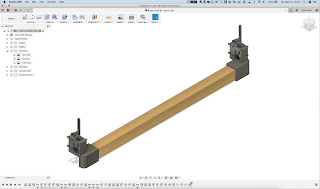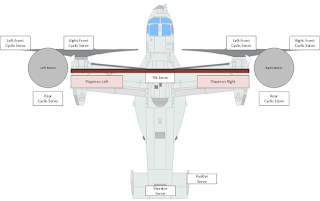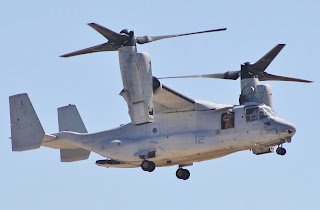V-22 Osprey Project - Prototype 1

"Two helicopters on a stick" For my first prototype, I want to attach two of the mCPX BL helicopter frames to a central boom to test the control system in a hover. Essentially, two helicopters on a stick. Upon examination of the stock mCPX BL frame, there is not a good way to attach the plastic frame to any cross support. I would have to design my own. I took the measurements from the stock frame and started sketching them up in Fusion360. After a few test prints to confirm the dimensional accuracy, I created a way to attach the frames to a 15mm square dowel. I’m using a Flip32+AIO FC board ( https://www.readytoflyquads.com/flip32-aio ) that I had in stock. It’s a Naze clone, and already quite old as FCs go, but it should provide enough functionality for this build. The stock mCPX BL controller has a built-in ESC for the brushless motor, but I will have to use different ESCs since I’m not using the stock control board. I happened to have 3 12-amp ESCs in m

